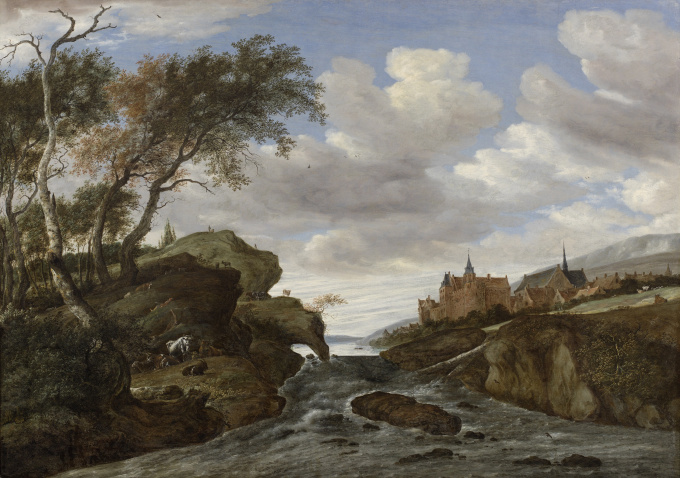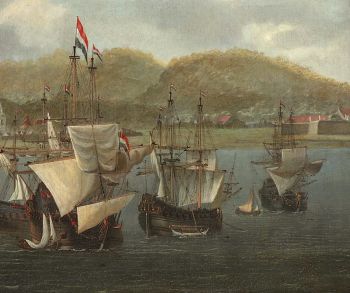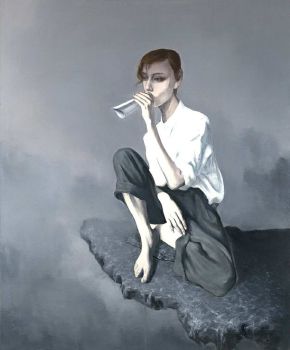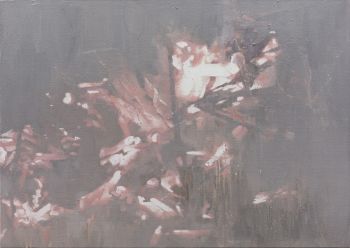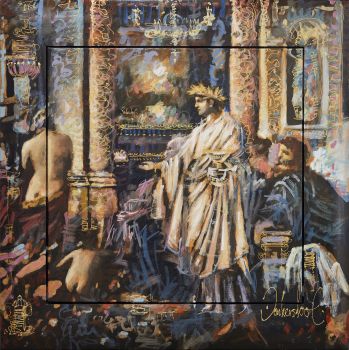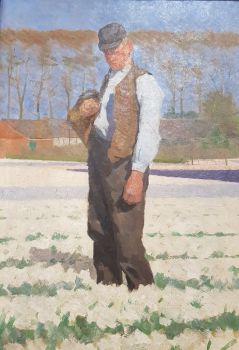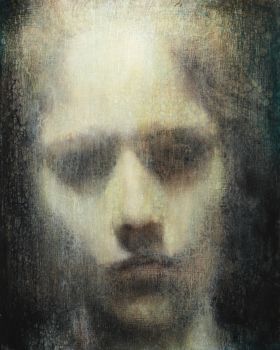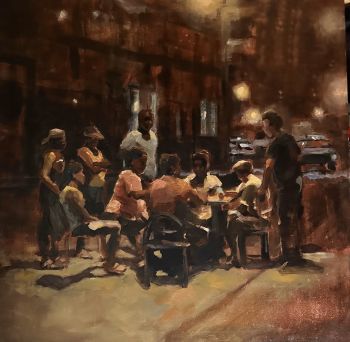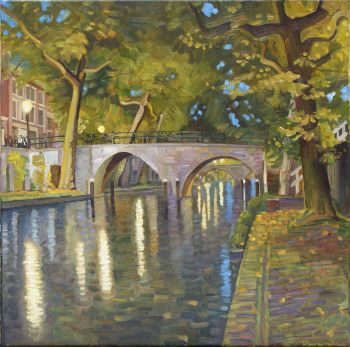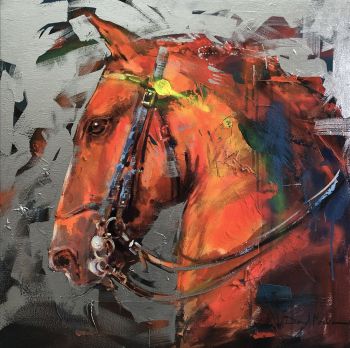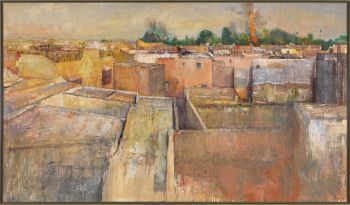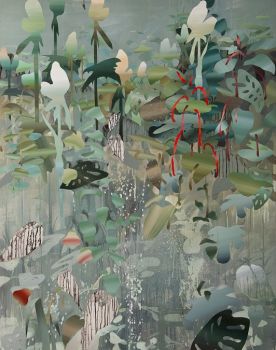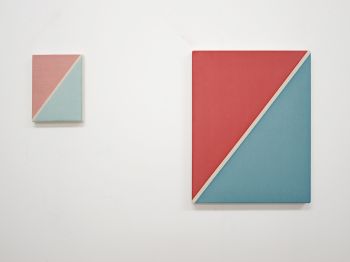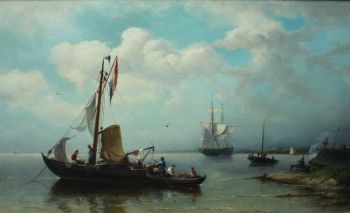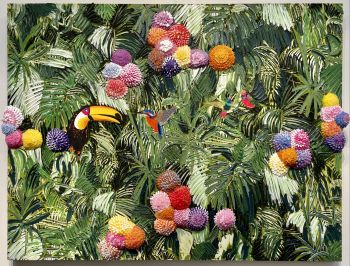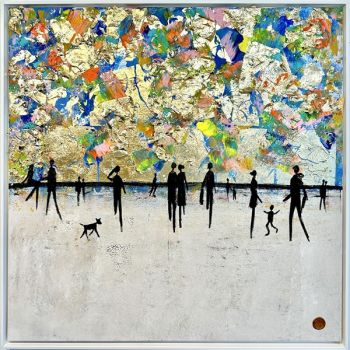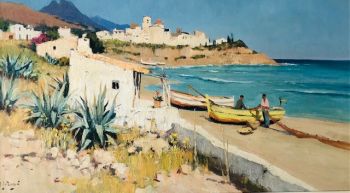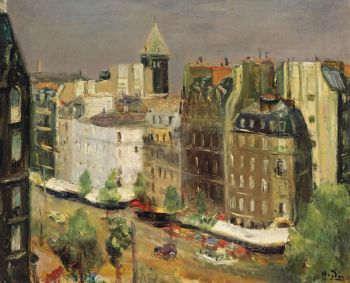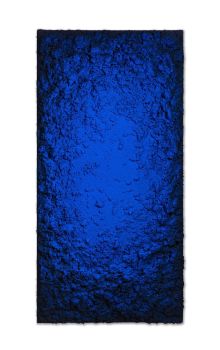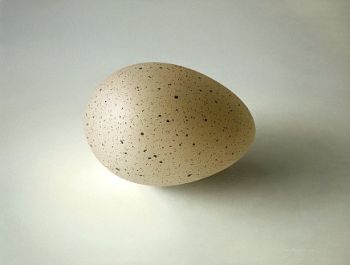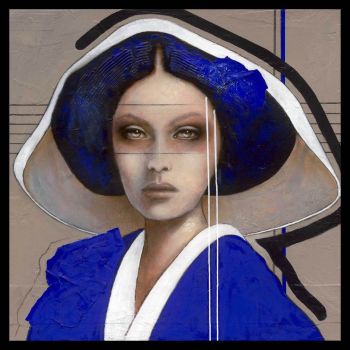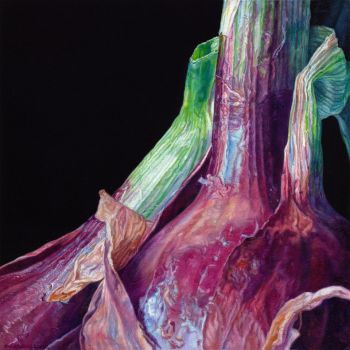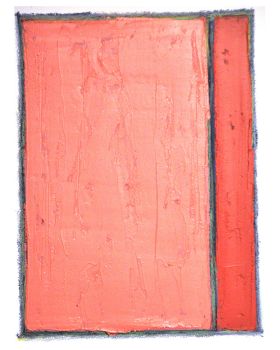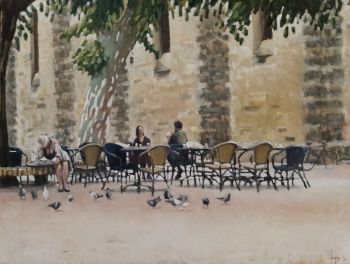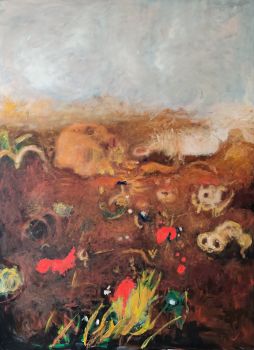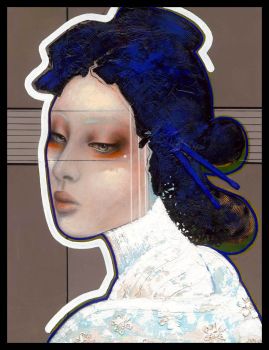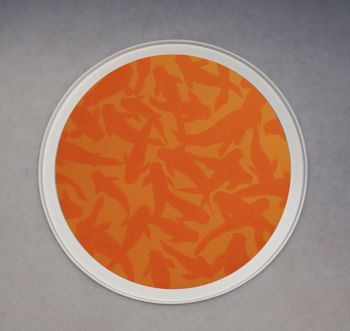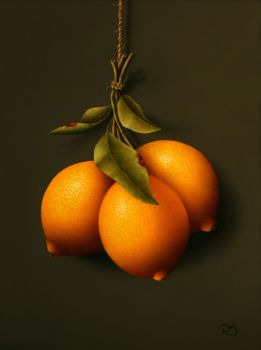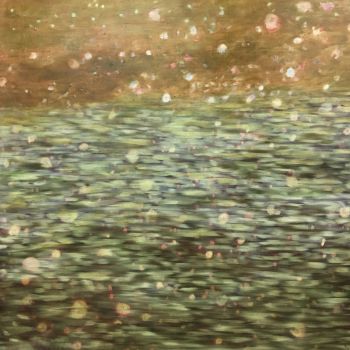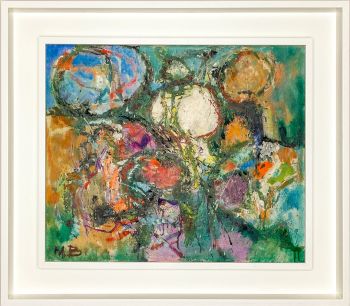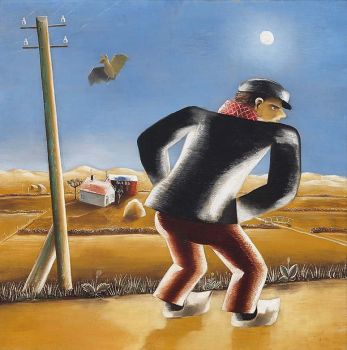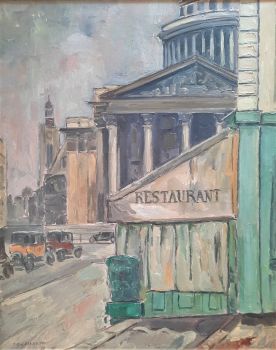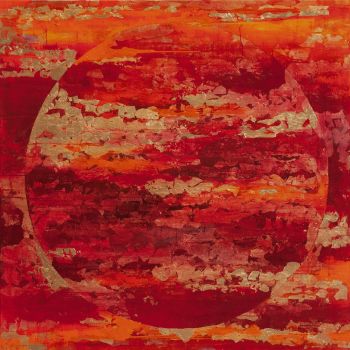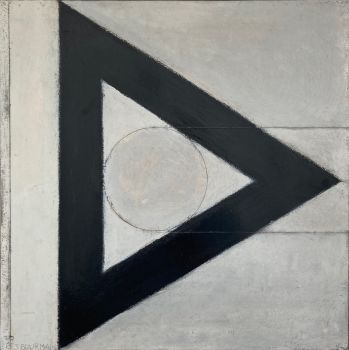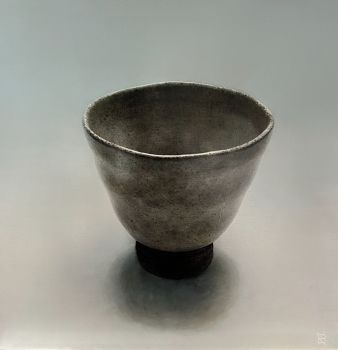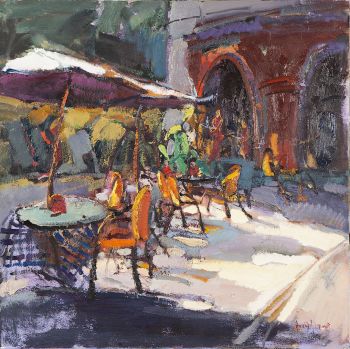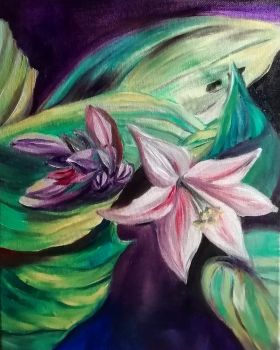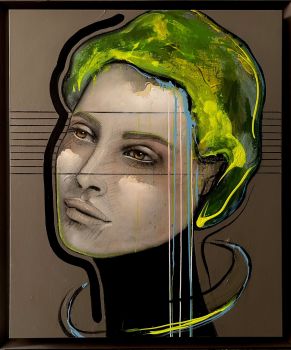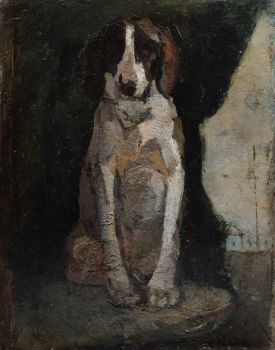Rocky landscape with a waterfall mid 17th
Salomon van Ruysdael
CanvasOil paintPaint
104 ⨯ 148 cm
Currently unavailable via Gallerease
- About the artworkSalomon van Ruysdael (1600-1663) was born in Naarden as the son of a furniture and frame maker named Jacob de Goyer. Early in life Salomon and his brother Isaack moved to Haarlem and on the occasion changed their name to Ruysdael, a reference to an estate near Naarden where the de Goyer family had previously lived. Salomon spelled his name with an Y, Isaack his with an I. Isaack, though a good painter, is mainly recollected as the father of the innovative genius Jacob van Ruisdael. Salomon though is remembered as one of the great landscape painters of the Dutch golden age.
Van Ruysdael specialized throughout his life in river and estuary scenes. His earliest landscapes are modest in theme, restricted in color and sometimes so close to the work of Jan van Goyen, that it takes some experience to see the difference. Van Goyen tends to a more yellowish green, Salomon van Ruysdael prefers a bluish green. In the brushwork of Van Goyen more of a draughtsman is present than in Van Ruysdael’s. But there is also a difference in temperament. Salomon never painted a storm and the choppy waters Van Goyen sometimes indulges in, are quite foreign to him. Most of Salomon’s oeuvre is the produce of a “quiet, clear and poetic mind”. (Wolfgang Stechow) Van Goyen’s clouds are always gathering for a tempest, while Van Ruysdael’s skies always seem to be clearing and normal life is already taking its rightful place. In this quiet universe the present “Rocky landscape with a waterfall” evidently is an exceptional painting.
Using a broad brush, in a way, one could say that Salomon van Ruysdael’s development as a painter followed the general trend in Dutch painting and went from a sober, monochrome palette suited for atmospheric balance to a more diverse that brought out local coloring more strongly. Van Ruysdael was emulating no artist in particular and the suggestion that in later life he was influenced by his nephew Jacob is an overstatement. But among the late works there are some paintings that could be interpreted as done in the classical or even ‘romantic’ style of the mid seventeenth century. “Rocky landscape with a waterfall” is the most clear example of this romanticism and as such is the only painting that provokes a comparison with Jacob van Ruisdael.
“Phantastische Landschaft mit Wasserfall” as Stechow calls the painting, is a Nordic phantasy of the kind that was introduced into Dutch art by Allart van Everdingen and later developed by Jacob van Ruisdael. Van Everdingen visited Sweden and Norway in 1644 and returned to the Netherlands with enough ideas to last a lifetime and his archetypical subject was a waterfall rushing in the foreground with a log-hut and a pine forest behind it. This kind of exotic painting rapidly grew popular to the Dutch and Van Everdingen and other painters soon started to embellish reality. The full poetic potential of the genre was realized by Jacob van Ruisdael whose carefully crafted waterfalls appear to carry transcendent meaning; still waters suddenly can burst out in unbridled power, exposing all the energies hidden in nature, focusing our thoughts on the transient nature of our existence. Things may look alright now, but you don’t know what is ahead. To drive this message home Jacob van Ruisdael not seldom adds a fallen tree, another sign of transitory presence.
Though any substantial influence of Jacob van Ruisdael on his uncle Salomon van Ruysdael is hard to prove, while Salomon ultimately inhabits a quiet and consoling world, in “Rocky landscape with a waterfall” he, almost against the current, no pun intended, goes all out Jacob. Salomon even includes the obligatory fallen tree at the side of the fall. This meeting of two of the seventeenth centuries greatest landscape painters makes this extraordinary large scale pièce de résistance particular fun to watch. All the mastery of the late Salomon van Ruysdael is present in this painting in abundance, all the lovely detail we know from the poetic riverscapes, the foliage of the trees is as alive as ever, the village with its small church has something particularly Dutch and to reassure us even more that things are not always as gloomy as nephew Jacob sometimes make them look, to the left, Salomon paints, with his back on the rocks, a man blissfully looking at the sky.
Artwork details
Related artworks
- 1 - 4 / 24
- 1 - 4 / 24

